Nikos Solounias ist deeply involved with horses and their ancient relatives of times long past. For several decades he ventured out into the world to learn everything he can about the history of the equids. His approach of in-depth examination of the modern horse and constant comparison with paleontologic findings afford him rare insights into anatomy and function. In this book the focus is set on three remarkable discoveries in the head, the dentition and the limbs of the modern horse.
In the equine head the the interaction of nasal cavity, the nostrils but especially of the preorbital fossa and the nasal diverticulum are examined in detail. This not only allows new insights into the abilities and functions of the nose but also gives insights into the evolution of the anatomy of the equid face.
In the case of the dentition the interaction between the teeth and the vegetation while chewing provides new insights that explain the structure of the teeth. Additionally new theories about hypsodonty give further insight into the anatomy and evolution of the teeth.
His research on the lower limbs of the horse provide the perhaps most striking results. Investigations of embryos andpaelontologic finds support the novel five-digit scenario of the metacarpals and metatarsals. This reveals misunderstandings and new ideas about monodactyly.
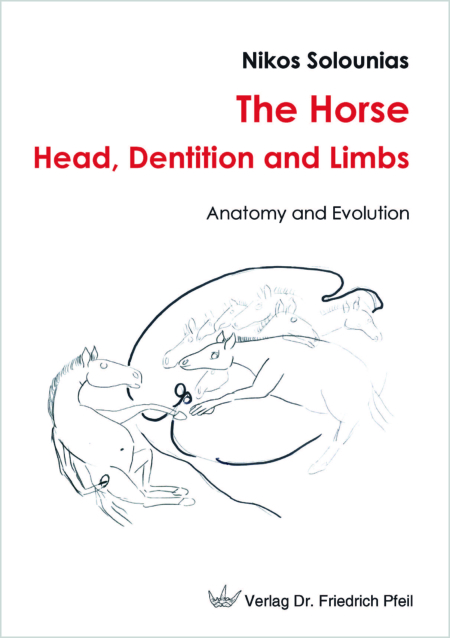
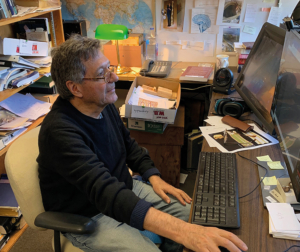 Nikos Solounias was born in Greece. He is a professor of anatomy and embryology at the New York Institute of Technology and a Research Associate in Palaeontology at the American Museum of Natural History. He has published 143 scientific peer-reviewed articles, and three books. Namely: »Anatomy and evolution of the giraffe«, »Human head and neck embryology« and »Placing Samotherium in its place«.
Nikos Solounias was born in Greece. He is a professor of anatomy and embryology at the New York Institute of Technology and a Research Associate in Palaeontology at the American Museum of Natural History. He has published 143 scientific peer-reviewed articles, and three books. Namely: »Anatomy and evolution of the giraffe«, »Human head and neck embryology« and »Placing Samotherium in its place«.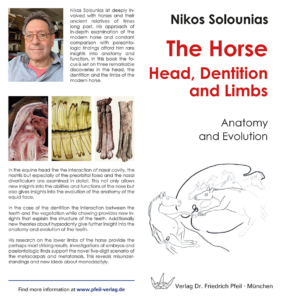
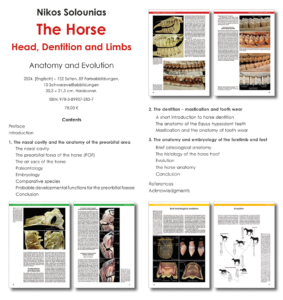
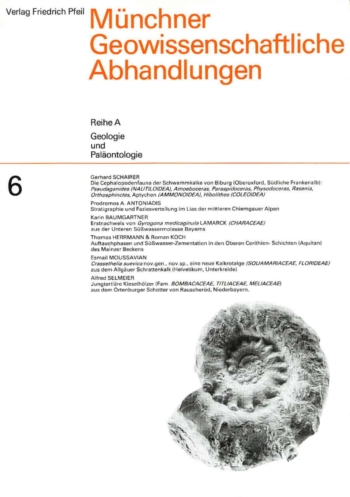
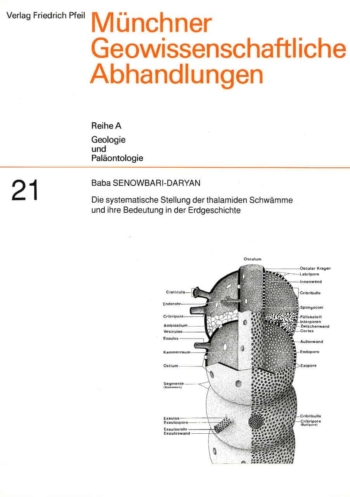
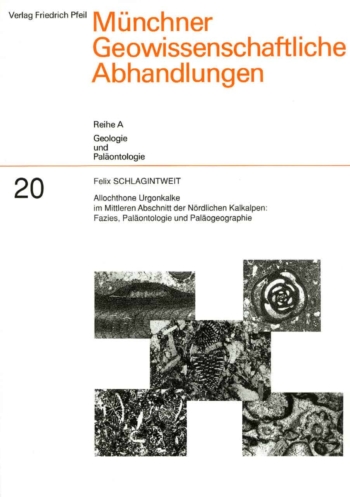
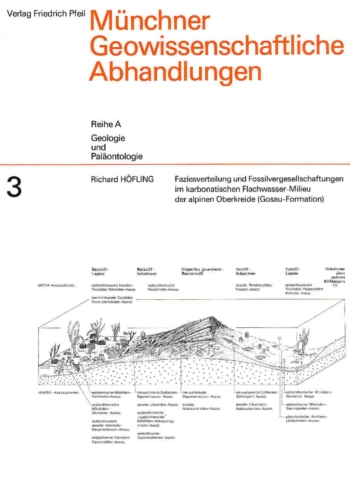
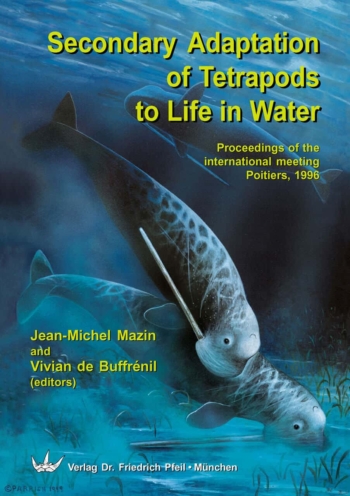
Rezensionen
Es gibt noch keine Rezensionen.